First we have to understand what is SIP ?
- In an IMS network, Session Initiation Protocol (SIP) messages are exchanged between UEs using signaling PDP contexts through the PS domain of the LTE
network. - Similarly, media streams (voice/video) are transmitted using media PDP contexts. Like common interactive PDP contexts, media PDP contexts do not require special processing. However, signaling PDP contexts do require special processing.
- The SIP is an application-layer control protocol for carrying out multimedia communications on the IP network.
- The SIP is used to create, change, and terminate session processes with one or more than one participants.
- The SIP cooperates with the below protocols.
- Session Description Protocol (SDP),
- Real-time Transport Protocol (RTP)
- RTP Control Protocol (RTCP)
- Real Time Streaming Protocol (RTSP),
- Domain Name System (DNS)
The SIP is a simple, flexible protocol for creating, modifying, and terminating sessions. It works independently of underlying transport protocols.
The main functions of the SIP are to set up, control, and tear down sessions. Protocols used in conjunction with the SIP, such as SDP, RTP/RTCP, and RTSP can be summarized as follows.

The SIP can be based on the User Datagram Protocol (UDP), the Transmission Control Protocol (TCP), or the Stream Control Transmission Protocol (SCTP). However,most cases now use theUDP.
- Message content of SIP basic request and SIP extended request.
- The basic SIP messages, described in RFC 3261
Message content of a SIP response message
Provisional : Request received, continuing to process the request.
Success : The action was successfully received, understood, and accepted.Redirection Further action needs to be taken in order to complete the request.
Client error :The request contains bad syntax or cannot be fulfilled at this server.
Server error : The server failed to fulfill an apparently valid request.
Global failure : The request cannot
The registration server on the IMS network is called the Serving Call Session Control Function (S-CSCF), while proxy servers on the IMS network are the Proxy-CSCF (P-CSCF), Interrogating-CSCF (I-CSCF), and Serving-CSCF (S-CSCF).Initial Session request flow sent by the UE.
Reference 3GPP,Wiley books.

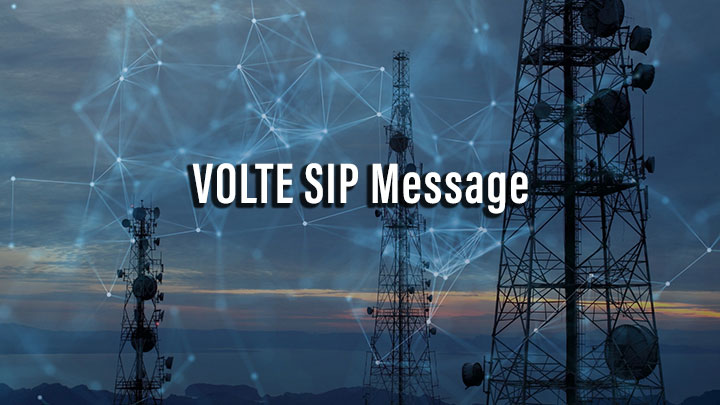

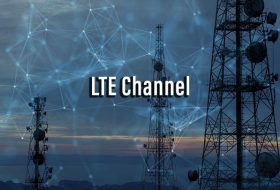

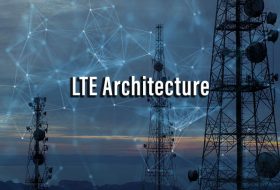
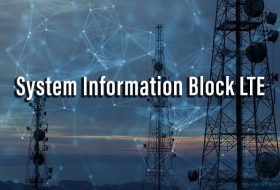
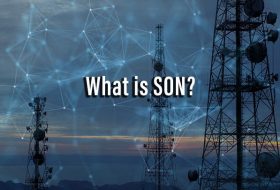
Comments
Comments are closed.